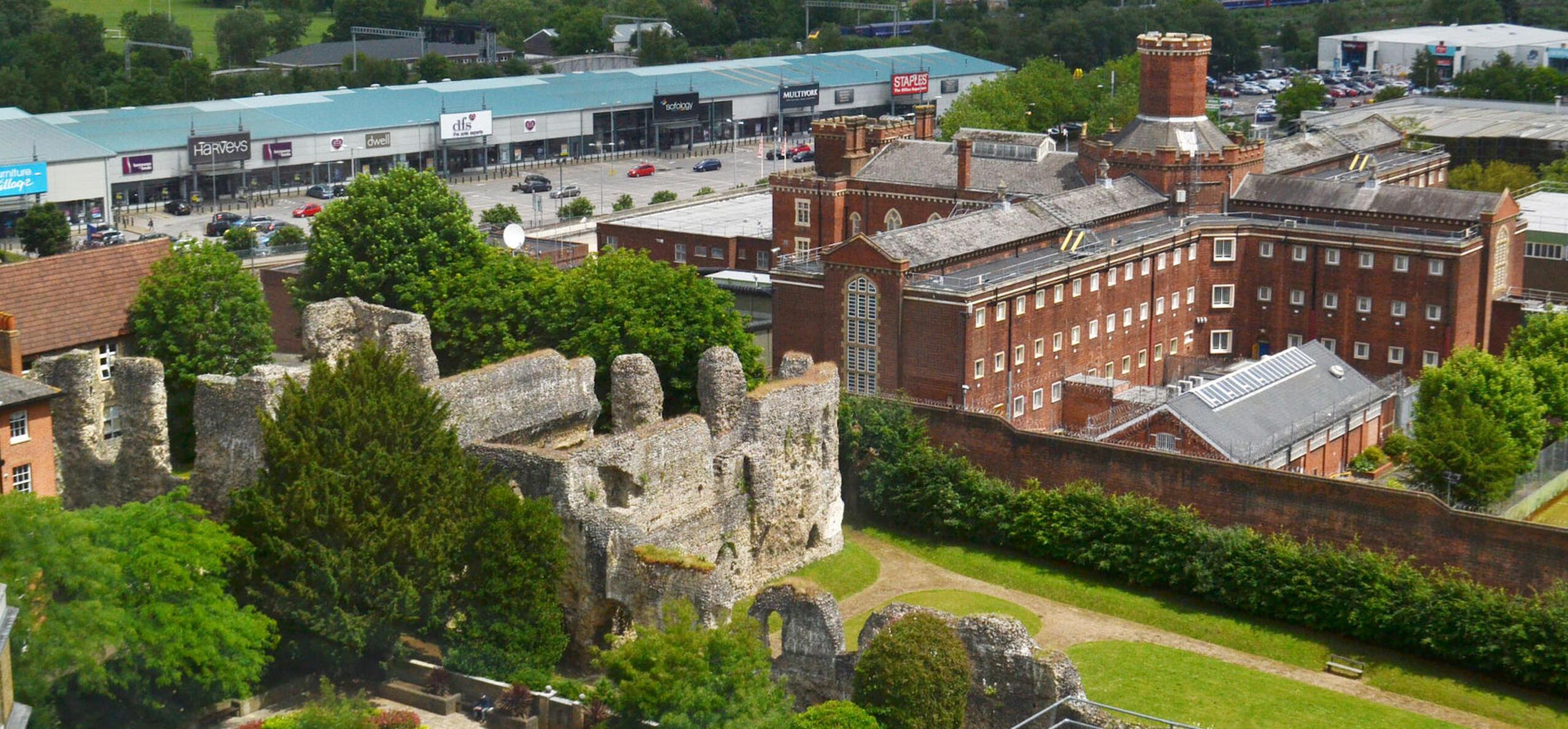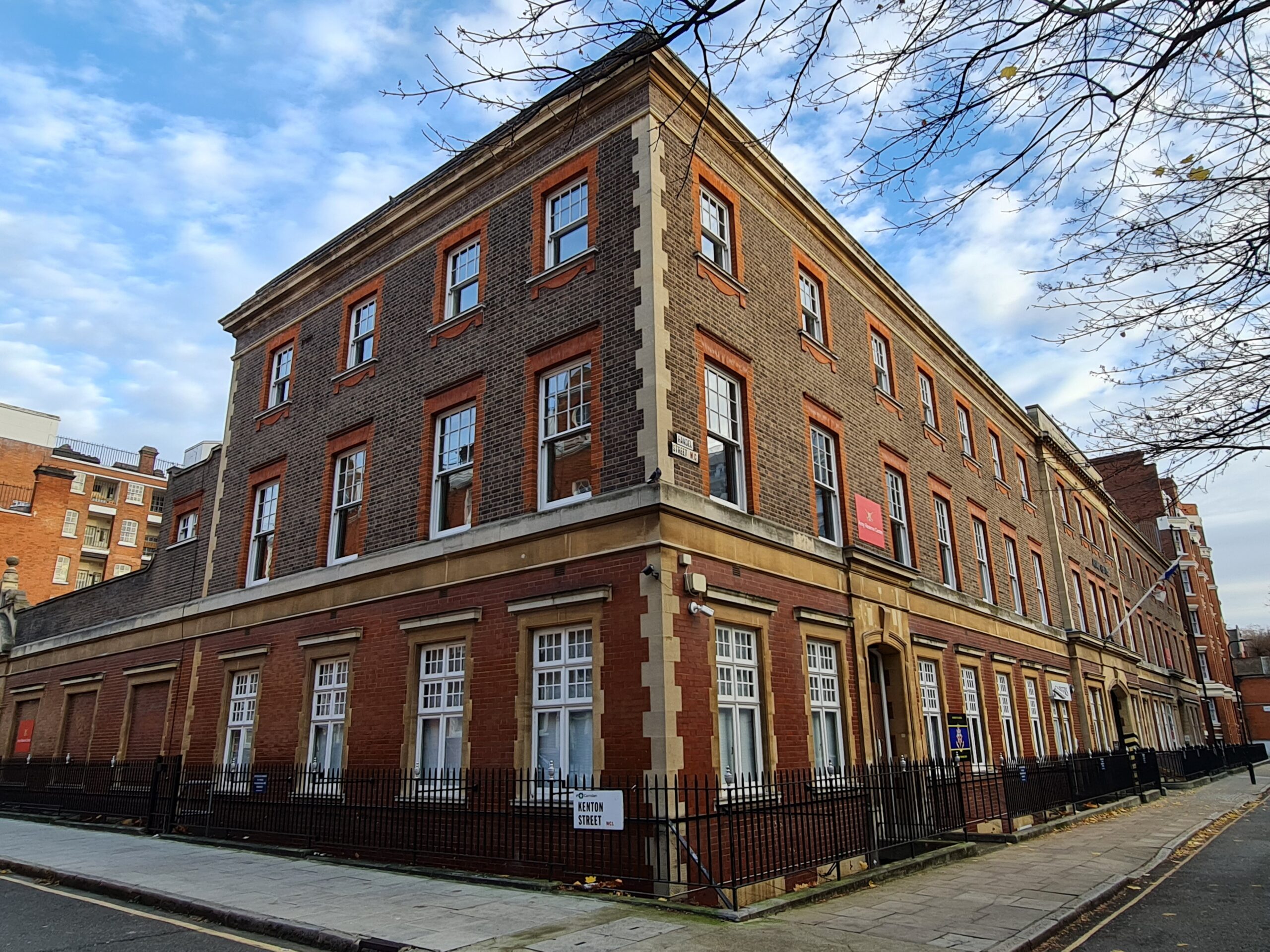Discover how community solidarity and public engagement unravel mysteries, strengthen emergency response, and foster a safer future. Join us in this collective journey!
Explore Reading Berkshire's historical charm with its top three architectural marvels. Start with Reading Abbey, founded in 1121 by King Henry I, known for its grandeur hosting royal events. Move on to the iconic Reading Gaol, a Victorian masterpiece designed by George Gilbert Scott, linked to the legendary Oscar Wilde. Finally, admire the Georgian elegance of Yeomanry House, boasting symmetrical design, sash windows, and intricate cornices. Each site offers a unique glimpse into different eras, inviting you to uncover more about their fascinating histories.
Key Takeaways
- Reading Abbey: Medieval marvel with intricate stone carvings and royal history.
- Reading Gaol: Victorian icon associated with Oscar Wilde, now a cultural site.
- Yeomanry House: Georgian elegance showcasing symmetrical facade and sash windows.
- Georgian Charm: Grand entrance, well-proportioned rooms, and enchanting allure.
- Architectural Significance: Reflects Reading's heritage, evolution of styles, and Georgian craftsmanship.
Reading Abbey: Medieval Marvel
Reading Abbey, founded in 1121 by King Henry I, stood as the fourth largest church in Britain, hosting significant royal events throughout its history. The abbey's Medieval architecture was a marvel of its time, showcasing intricate stone carvings and towering spires that inspired awe in all who beheld it. Its historical significance can't be understated, as it served as the backdrop for funerals, weddings, and even parliament meetings of the highest order.
The grandeur of Reading Abbey's design reflected the power and influence of the monarchy, with its vast halls and ornate decorations symbolising the wealth and prestige of the ruling elite. The abbey's rich history intertwined with that of the royal family, making it a focal point for political and religious affairs in the region. As a hub of activity and culture, Reading Abbey left an indelible mark on the landscape of Berkshire, shaping the city's development and heritage for centuries to come.
Reading Gaol: Victorian Icon

Moving from the historic marvel of Reading Abbey, the architectural splendor of Reading Gaol stands as a Victorian icon in Berkshire, known for its rich history and grand design. Constructed in 1844, this Victorian-era prison was envisioned by architect George Gilbert Scott in a castellated Gothic style, reflecting the architectural trends of the time. Beyond its imposing facade lies a place of Victorian heritage and literary significance.
Reading Gaol gained worldwide attention for its association with the famous writer Oscar Wilde, who was imprisoned there from 1895 to 1897. Wilde's time in Reading Gaol inspired his renowned work, 'The Ballad of Reading Gaol.'
Since its closure as a prison in 2013, Reading Gaol has evolved into a site of cultural and historical interest, drawing visitors captivated by its blend of Victorian architecture and literary connections. Efforts are currently underway to preserve and repurpose this iconic structure as a cultural and arts center, ensuring that its Victorian legacy and literary importance endure for generations to come.
Yeomanry House: Georgian Elegance

Exhibiting elegance with its traditional Georgian architectural style, Yeomanry House in Reading, Berkshire, stands as a tribute to the rich architectural heritage of the area. The Georgian charm of Yeomanry House is evident in its symmetrical facade, sash windows, and decorative cornices, showcasing the architectural finesse of the era. Its historical background adds to its significance, with each element telling a story of the past.
- Georgian Charm: The house's Georgian allure is enchanting, with its grand entrance and well-proportioned rooms reflecting the elegance of the period.
- Architectural Significance: Yeomanry House isn't just a building; it's a piece of history that illustrates the evolution of architectural styles in Reading.
- Rich Heritage: As a part of Reading's architectural heritage, Yeomanry House symbolises the craftsmanship and attention to detail that characterised Georgian architecture.
Visiting Yeomanry House allows you to step back in time and appreciate the beauty and significance of Georgian architecture in Reading.
Conclusion
As you explore the historic architectural wonders of Reading Berkshire, you'll uncover a tapestry of rich history and cultural significance.
Like a time-traveling adventurer, you can marvel at the medieval splendor of Reading Abbey, stand in awe of the Victorian grandeur of Reading Gaol, and appreciate the elegant Georgian design of Yeomanry House.
Each structure is a unique piece of the city's past, offering a glimpse into the architectural evolution of Reading.